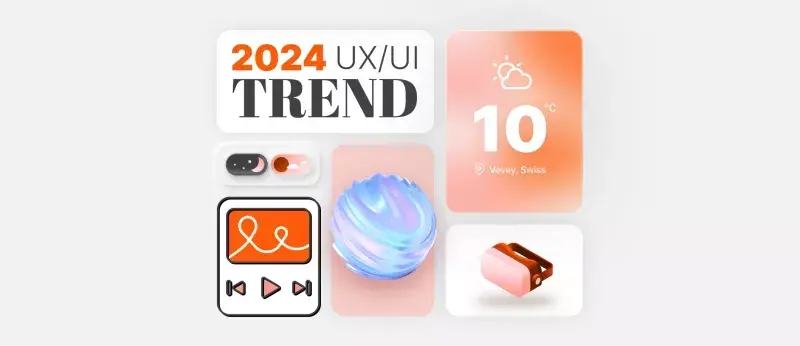
The Dark Side of UX
User Experience
2 min
From Mathieu Croset
Basically, a pattern is the way a user interact with something to do a specific task. We usually use existing patterns to simplify the process for the user, unfortunately, some people are using them to trick the user and to force him to do what they want.
Using dark patterns can sound appealing for companies because if you use them, there is a big chance that your conversion rate will go up. In fact, dark patterns are designed with a solid understanding of human psychology and they are carefully crafted to convince people to do something they don’t want to.
Dark patterns come in many shapes, it goes from a simple confusing checkbox (by confusing I mean specifically designed to trick the user) to adding something to your cart without notifying you just before the checkout. Here is an example:

On this image, the text next to the checkbox says “[Name of the company] may contact you about products[…]”. Ladies & Gentlemen, please welcome our Superstarrrrr the Dark Pattern! Youhouuu!
Here is the problem: 99% of the time, in the common patterns, if a user doesn’t want to receive news about a product, he doesn’t tick the box saying “We will send you news about our products”, but here, if you carefully read the end of the text you can read: “[…] unless you click to opt out”. So, if I don’t want to receive news about your product, I’m supposed to tick the box saying “We may contact you about products […]”. On the web, people don’t read, they scan. They scan for patterns they know. And the box saying “We will contact youblablabla” is a well-known pattern! You are not supposed to tick this box if you don’t want to receive news!
This could be intentionally designed to have more conversion by tricking the user and driving him to make a mistake. A mistake that leads to a new subscriber for the company.
With great powers comes great responsibility. Please, don’t be a bad guy. Stay on the light side of the force and use the tools we have for a good purpose. Psychology is an awesome tool for us and we need to use it with caution. We must use it to understand our users and to give them the best experience we can, not to learn how to trick them into doing something they don’t want to.




